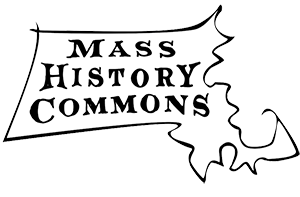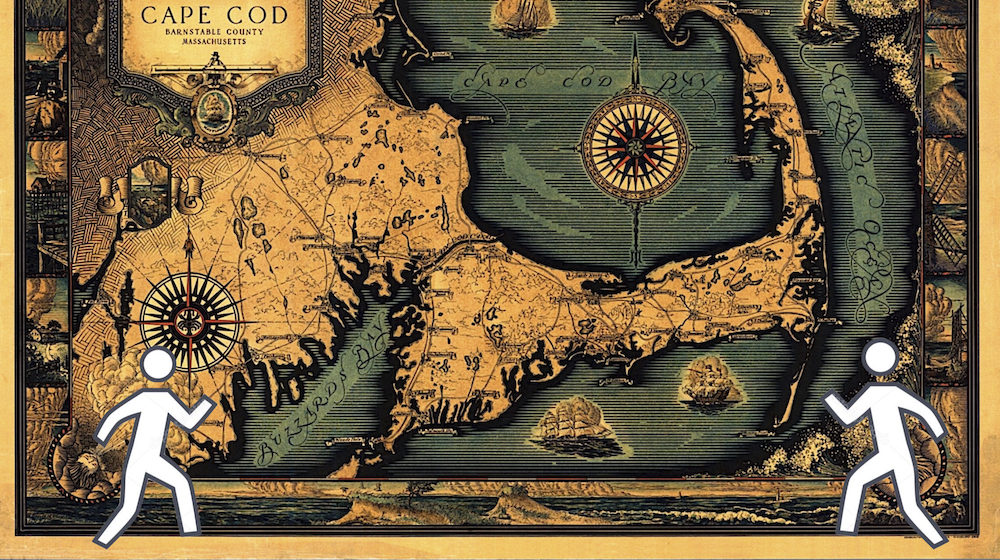Putting Programs Online
Museums and other cultural institutions have long sought to create engaging digital content and connect with audiences online. Now, COVID-19 has brought new urgency to this endeavor. All institutions, regardless of tech savvy or resources, can find an approach to putting content online that best suits their needs and abilities. This resource guide introduces low-cost strategies and tools to produce online exhibits, virtual tours, or other web-based programming. It links to toolkits with technical resources and suggests several social media platforms to transition existing content online and lay the groundwork for more robust digital programming and engagement.
Digital Engagement, Online Programming, and COVID-19
How to Reach Your Public Remotely, International Council of Museums (ICOM)
This short article provides an overview of the ways in which museums can continue to engage with audiences while their doors are closed by producing and promoting digital content.
Webinars, Cuseum
Cuseum has produced several webinars about digital programming and engagement during COVID-19. Though most of their videos are priced on a scale, all transcripts are free. Webinars of interest include:
How to Craft Meaningful & Mindful Digital Content in the Age of Coronavirus
This webinar discusses how to communicate information to visitors digitally, frameworks for developing content, and tackling red tape around creating online content. There is a transcript of this webinar.
Supporting Communities with Digital Programs During Coronavirus
This webinar discusses cross-departmental collaboration, how to create an audience, and how to provide resources to your community. This discussion also includes examples of digital projects other institutions have created during COVID-19. There is a transcript of this webinar.
Collaborating On Virtual Educational Programs During Coronavirus
This webinar discusses topics such as accommodating for different age groups, reaching schools, and ways of getting content online. There is a transcript of this webinar.
Thinking Outside the Box to Reach Audiences Inside Their Homes
This webinar discusses creative approaches to putting programming online. It covers topics like digital strategies, different platforms, multi-generational appeal, and reusing older content. There is a transcript of this webinar.
Online Exhibits
Creating Online Exhibitions and Research Tools, Graciela Kahn, Arts Management & Technology Lab at Carnegie Mellon University
This PDF is a beginner’s guide to making an online exhibit created by Graciela Kahn with the Arts Management & Technology Lab at Carnegie Mellon University. It includes examples and recommendations for research methods and technologies to use for creating online exhibitions.
Practical tips for creating online exhibitions, Museums Association
This PowerPoint goes over a case study of an online exhibit created by Bodleian Libraries. It walks through the process of planning and creating content, the interactive elements of the site, and managing the related social media. This PowerPoint is useful as a specific example of the process required to launch an online exhibit.
How to Repurpose Museum Catalogue Content for Online Exhibition Pages, Cuberis
This blog post contains tips for how to create online exhibits from the museum catalogue. These tips focus on how present information also include examples from other institutions and links to these examples. This blog post is useful when looking for information on online exhibit design.
Handbook for Virtual Exhibits, International Network For Digital Culture Heritage (INDICATE) *advanced resource*
This 150-page handbook from the INDICATE is a detailed guide to the creation of virtual exhibits and performances. This handbook provides information from the planning process to creation and tool kits. This handbook would be useful to guide institutions through the process or as a resource for in-depth information.
Virtual Tours
AASLH Conversations: Building a No-Cost Virtual Tour of Museums and Historic Sites with Clio, American Association for State and Local History (AASLH)
This webinar, hosted by David Trowbridge from Marshall University, looks at the free app Clio. Trowbridge describes how to create a tour using the app and how to promote the product on social media. To view the webinar and transcript, you have to register with AASLH. AASLH is currently providing a code to waive the registration fee.
People Don’t Want Virtual Museum Tours; Do This Instead, Museum Hack
This article looks at data collected about possible falling interest in online tours by MuseumHack. It provides some other ideas for online content museums can provide to engage visitors including virtual field trips for kids and activities for “quarantine dates”.
Software Toolkits
Tools & Resources, Carolina Digital Humanities Digital Innovation Lab at University of North Carolina (UNC) at Chapel Hill
This guide has a list of tools and resources that can be used by museums for digital content creation. This list includes resources for collaboration, web publishing, and toolkits. This list is useful when looking for help with the more technical aspect of putting programs online.
Digital Humanities: Tools & Software, New York University Libraries
This guide is more detailed than the guide from UNC. This list includes resources for creating digital content such as interactive interfaces, digital maps, oral history, and podcasting. This resource list would be more useful for those more familiar with digital history tools and web design.
Social Media Platforms
Guide to Social Media, University of Pennsylvania Libraries
This beginner’s guide to popular social media platforms explains the features and uses of several social media tools and includes a handy Social Media Comparison Chart.
How Your Museum Can Use Social Media During COVID-19, American Alliance of Museums (AAM)
This article from AAM has several strategies for ways museums can create online content on social media. They recommend strategies such as creating interactive content, interactive tours, live streaming, and re-purposing old content. They also mention various platforms museums can use such as Facebook, Twitter, Linkedin, Instagram, TikTok, and YouTube. This article would be useful for institutions that are looking to create social media content.
How Museums Can Experiment with Social Media to Boost Audience Engagement During Coronavirus, Cuseum
The webinar focuses on digital engagement with audiences during COVID-19. The discussion features Hilary-Morgan Watt, the Digital Engagement Manager at Hirshhorn Museum & Sculpture Garden, and Emily Haight, the Social Media Manager at New York Historical Society, lead the discussion. The topics that are covered include interacting with other institutions digitally, choosing the appropriate voice, and narrowing down ideas. There is a transcript of this webinar.
Facebook 101 for Museums, Libraries, and Cultural Organizations, Smithsonian Institution
This resource breaks down how institutions can use Facebook effectively. This guide goes over topics like engagement, content selection, and how to use Facebook analytics. This guide is useful for institutions who want to increase engagement with their Facebook page or are looking for new ideas for content.
The Rubin Museum of Art’s #MuseumFromHome Strategy: A Meditative Offering, AAM
This interview with Rubin Museum of Art’s Chief Experience Officer, Jamie Lawyer explores how the museum uses Instagram and, in particular, the video app IGTV to create digital content.The videos are done by staff members who discuss a work of art from the collection and then another staff member guides a meditation. The article discusses why they chose their particular platform and the reception to this programming. This interview is a good example of how museums are being creative with their online content.
TikTok
Tips for Leveraging TikTok at Your Museum, Cuseum
This article goes over the fairly new social media platform TikTok and why museums should consider using it and provides examples and advice on how to create content. This article is useful to read if your institution is considering using TikTok or wants to reach a younger demographic.
The Carnegie Museum of Natural History’s #MuseumFromHome Strategy: Funny TikToks, AAM
This interview with the Director of Marketing at Carnegie Museum of Natural History is about the museum’s use of TikTok. The interview goes into how they started using the platform, how they have responded to COVID-19, the type of content they have created, and how other institutions could use TikTok. This interview is useful for learning about TikTok as a platform for programming and interaction.
YouTube and Vimeo
Creating a video channel for your museum, Museum Computer Network (MCN)
This webinar from 2019 explores video production. It describes how to put videos on YouTube or Vimeo and what to consider when developing and publishing video content. This webinar is presented by David Hart, the Media Producer at the Museum of Modern Art, and Emily Lytle-Painter the Digital Media Project Manager at the Indianapolis Museum of Art.
The Stay At Home Museum – Episode 1: Jan van Eyck, Museum Voor Schone Kunsten
This YouTube video is an example of how a museum took an exhibit that would have currently been on display and put the exhibit online. The video includes a curator of the museum walking through some of the paintings in detail and providing context for the art. Also, see the digital tour by the Mütter Museum in which they have a curator walk through various objects on display in the museum. Both of these videos are examples of ways tours can be put online.
The National Gallery Youtube channel
The National Gallery in London has been putting up videos on YouTube with staff discussing a painting from their home. They have also created videos which feature staff recreating paintings from home and encouraging viewers to follow along. These are examples of ways staff members of museums can put programs online and engage with visitors.

